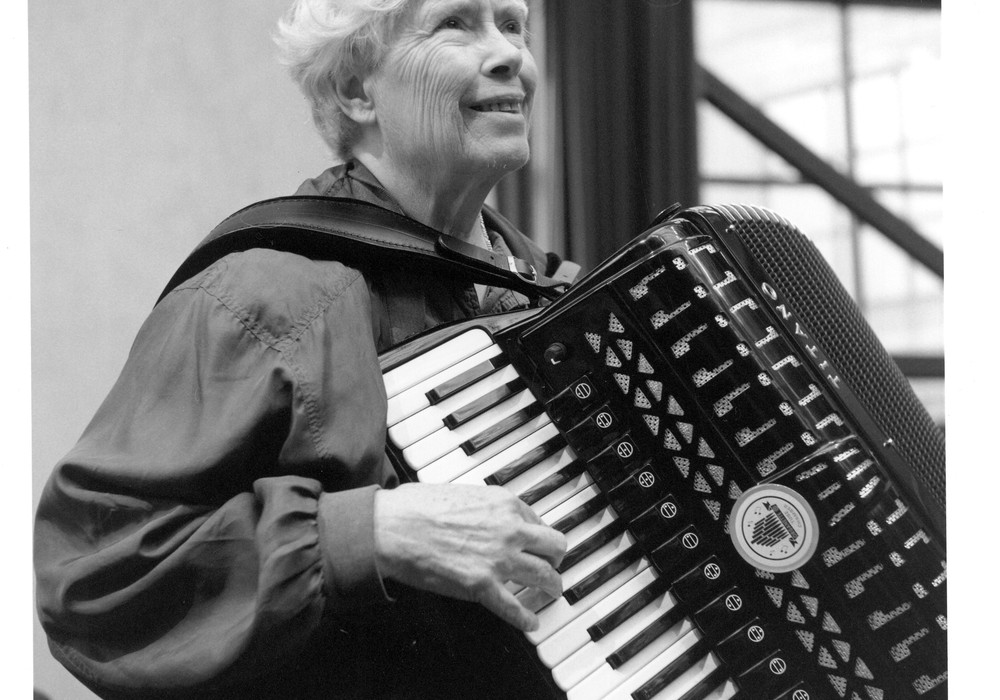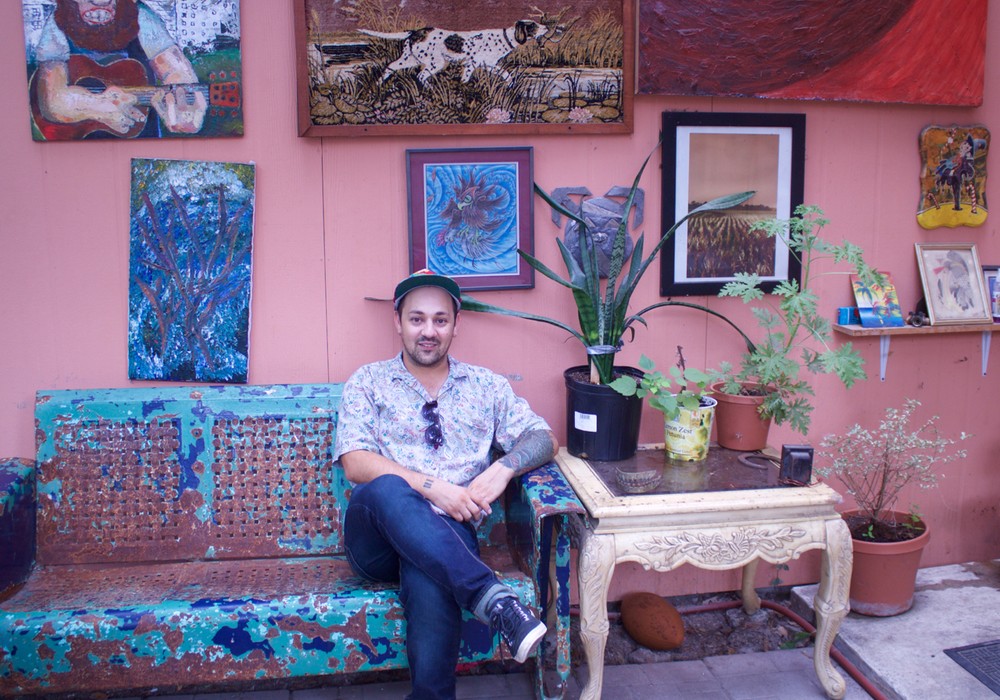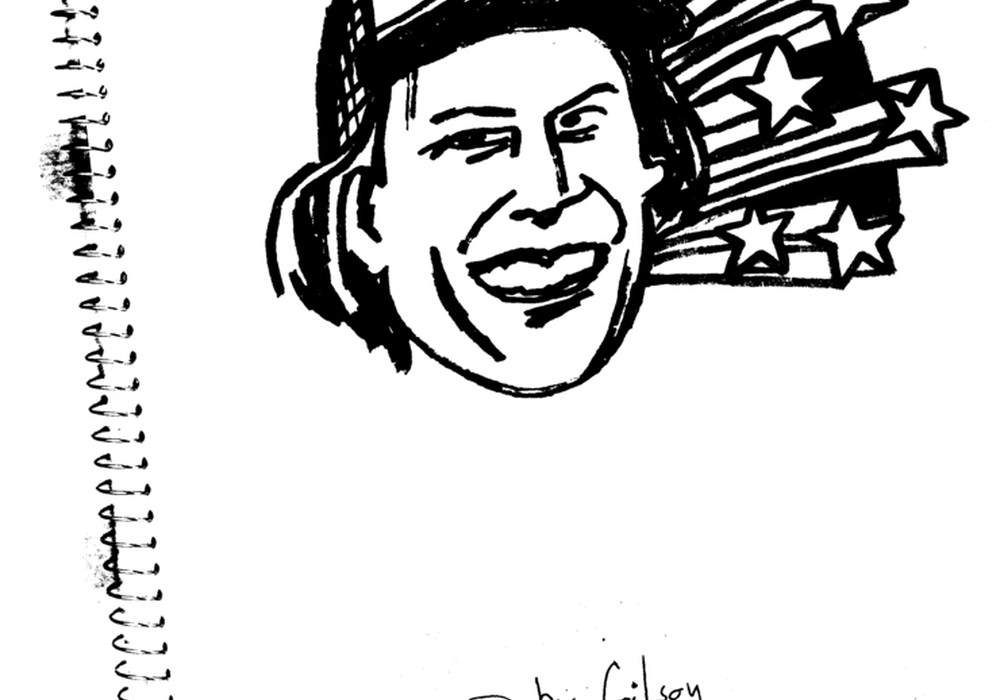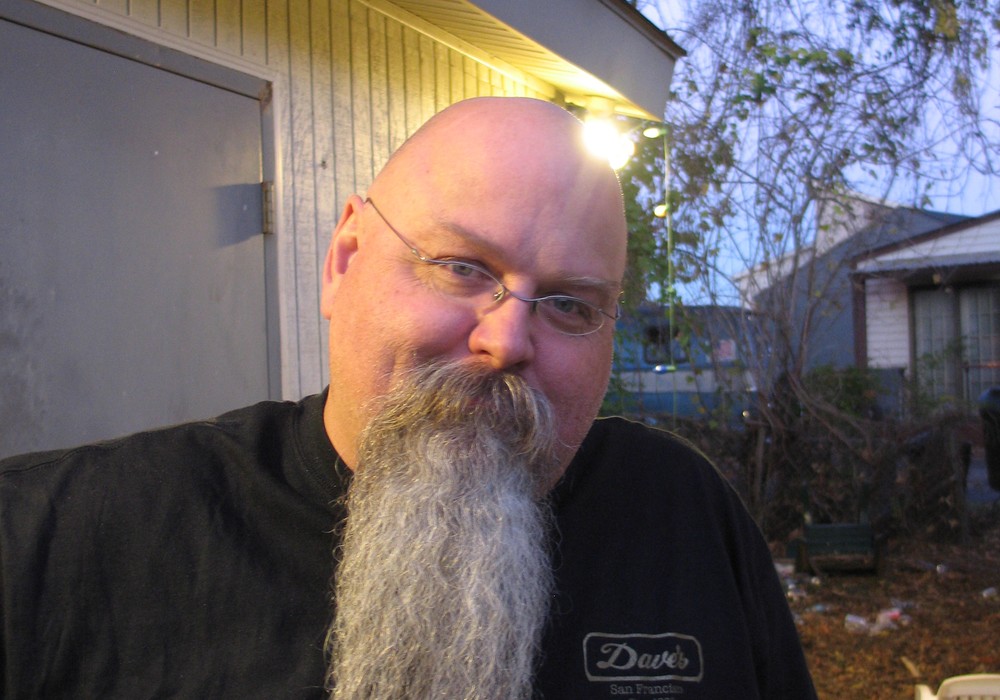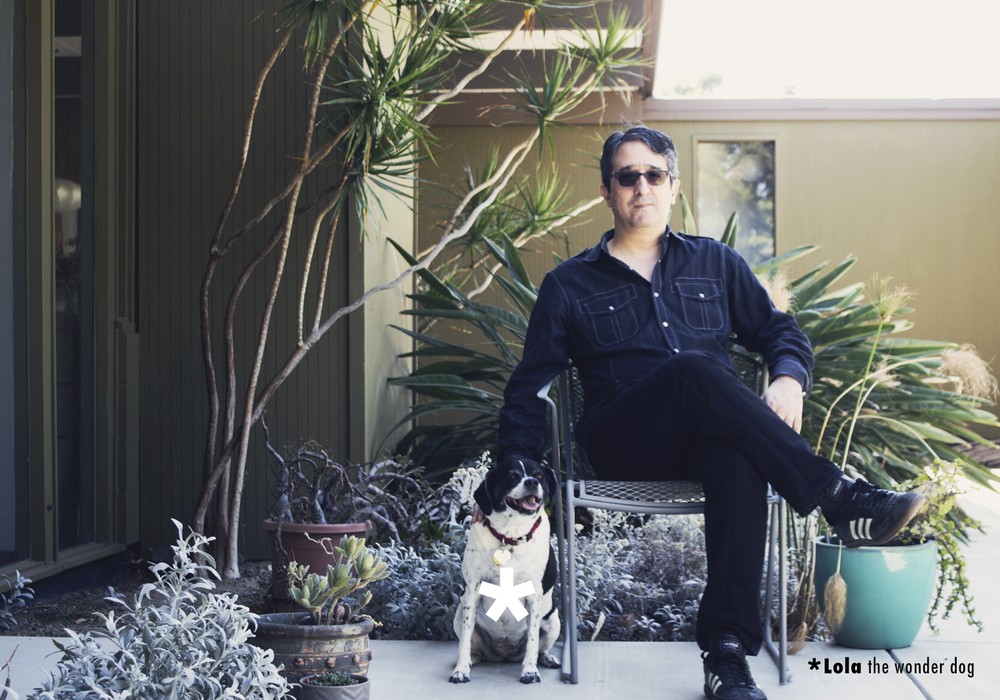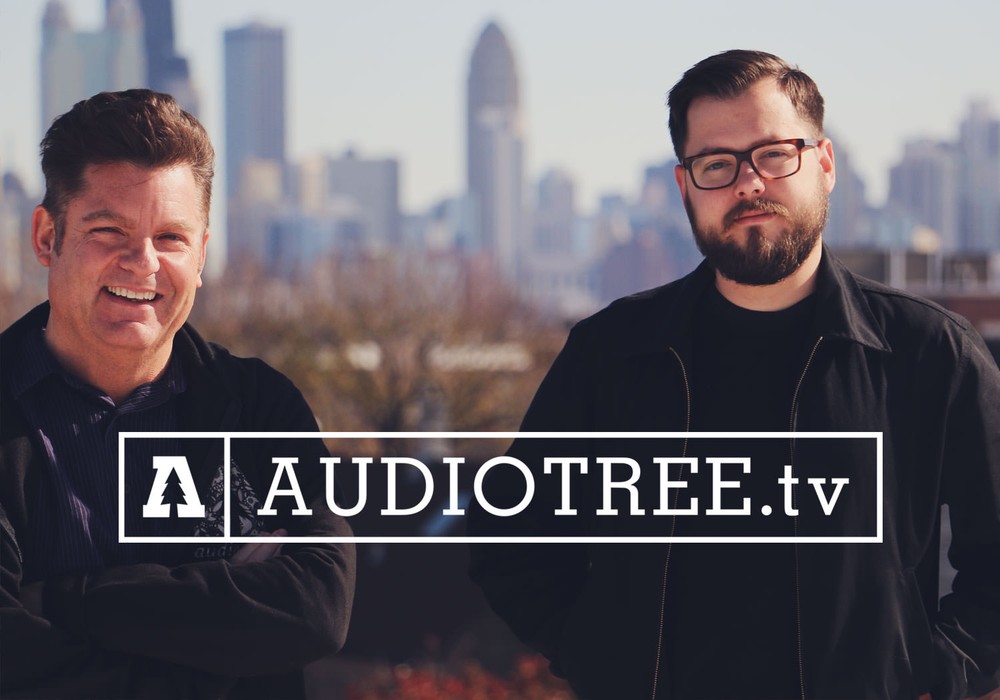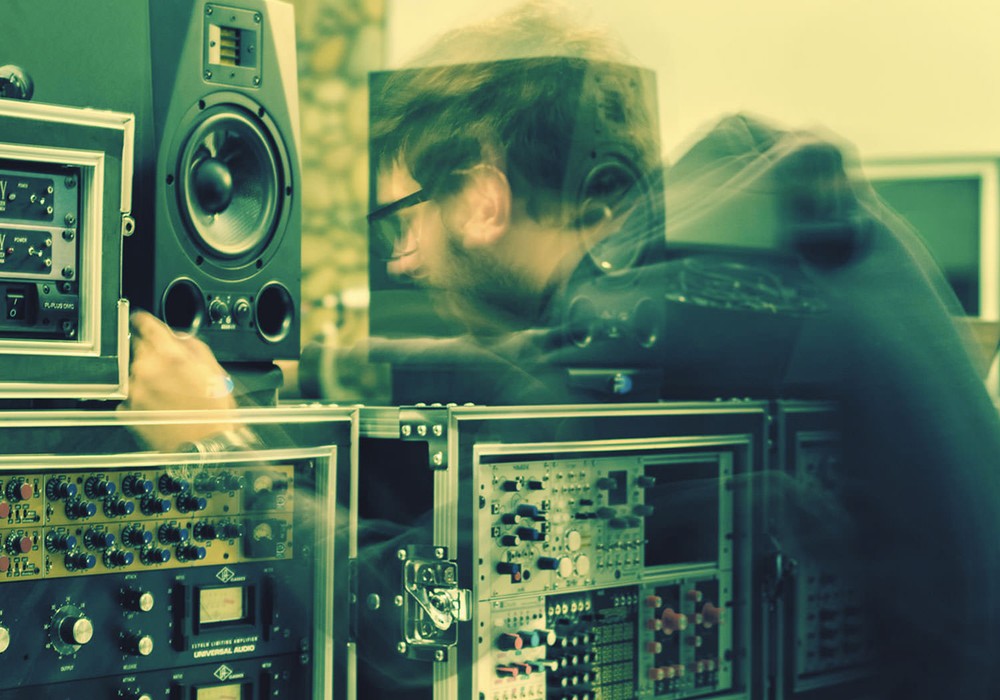Robert Aiki Aubrey Lowe is one the most innovative composers working today. With his experience in punk and metal bands, and as a vocalist, his compositions are grounded in a way that is usually sorely lacking from conservatory fare. Startlingly prolific, he has released over 20 albums in 17 years since 2004 – often performing solo under the pseudonym Lichens – and also with the likes of the bands Om and Singer. He has collaborated with such heavyweights as Sonic Youth’s Lee Ranaldo [Tape Op #17], Genesis P-Orridge, and the late Icelandic composer Jóhann Jóhannsson. Robert was also the lead singer and trumpet player on three albums and an EP for Chicago’s 90 Day Men, and he provided vocals on albums for Drag City groups U.S. Maple and Town & Country. Using field recording in his work, he has now provided the score for director Nia DaCosta’s remake of the cult film Candyman, the latest in Jordan Peele’s (Get Out, Us) Monkeypaw Productions’ run of smash-hit, socio-political, arthouse horror.
How did the Candyman collaboration come about?
Monkeypaw Productions cold called me. They sent an email asking if I might be interested in potentially doing a score for them for a horror movie that they were working on. I love what Monkeypaw has done. In very short order, they’ve done a lot of very thoughtful, interesting, well-crafted film and television works. I was all in. And also, I was pretty sure that it was Candyman they were referring to, because I’d remembered several months before that having read an article about how Monkeypaw had optioned the rights from MGM to make a sequel of Candyman. I was definitely excited that they reached out to me. And then, I came to find out that they had been following my work for some years.
I don’t know if there is a bigger compliment than to be asked to do the remake of a movie where Philip Glass wrote the original score. How did his score inform what you did?
There was a lot of consideration in making the score, because the film had achieved a cult status. At the time it came out, it was technically a flop. But over time it built up a status as a cult film. A lot of people talk about how strange they thought it seemed that Phillip Glass did a score for a horror film. But if you go back and look, there are a lot of avant-garde composers that had done work for films. Look at Krzysztof Penderecki’s music used in The Shining. Bernard Parmegiani did the score for Docteur Jekyll et les femmes, which was a Walerian Borowczyk film from 1981 starring Udo Kier. This had been going on for a while. I enjoy the Philip Glass score. I also enjoyed the fact that it was a very strange fit for the film; how the film ended up in its final cut. These are the things that I had to consider, because obviously there is a history. We’re dealing with a lineage. I don’t want to gloss over it but, at the same time, it’s completely uninteresting to me and reductive to do something that would be derivative. I feel that way for any remakes or sequels that happened many years after the original film. The new film should live within that universe, but it should also stand as its own work. Nia DaCosta, the director, and I were very much in the same place with that – where we wanted to be able to come together and see through a finished work that stood on its own, while also paying homage or reverence to the original.
I read that you wanted to be on set, so the music would be integral and organic. As part of that, I heard you did field recordings on location in Chicago where they were filming. What did you record?
Being physically there was something that I proposed. I said, “Look, this is something that would be very helpful to me.” There was the possibility that the sound recordist on set could take some field recordings and send them to me, but I felt that it was necessary for me to be there – not only to be able to select the sounds that I needed specifically, but also to understand what the energy of the set was. I wanted to be able to watch Nia work in real time and see how she directed the actors and see more clearly what her vision was. This concept
of the field recordings, it’s not something that’s new. I thought that it would be an integral part of the structure of the score, due to the fact that I would be displacing the energy of these locations to become textural elements in the score itself. I walked around Cabrini-Green [Chicago Housing Authority’s public housing project that existed from 1942-1995, and where the first Candyman film was set] and took a lot of sound from the street. There were these old electrical boxes that were on the outside of some of the row houses that had been emptied out or gutted. It was nice to get the sound...
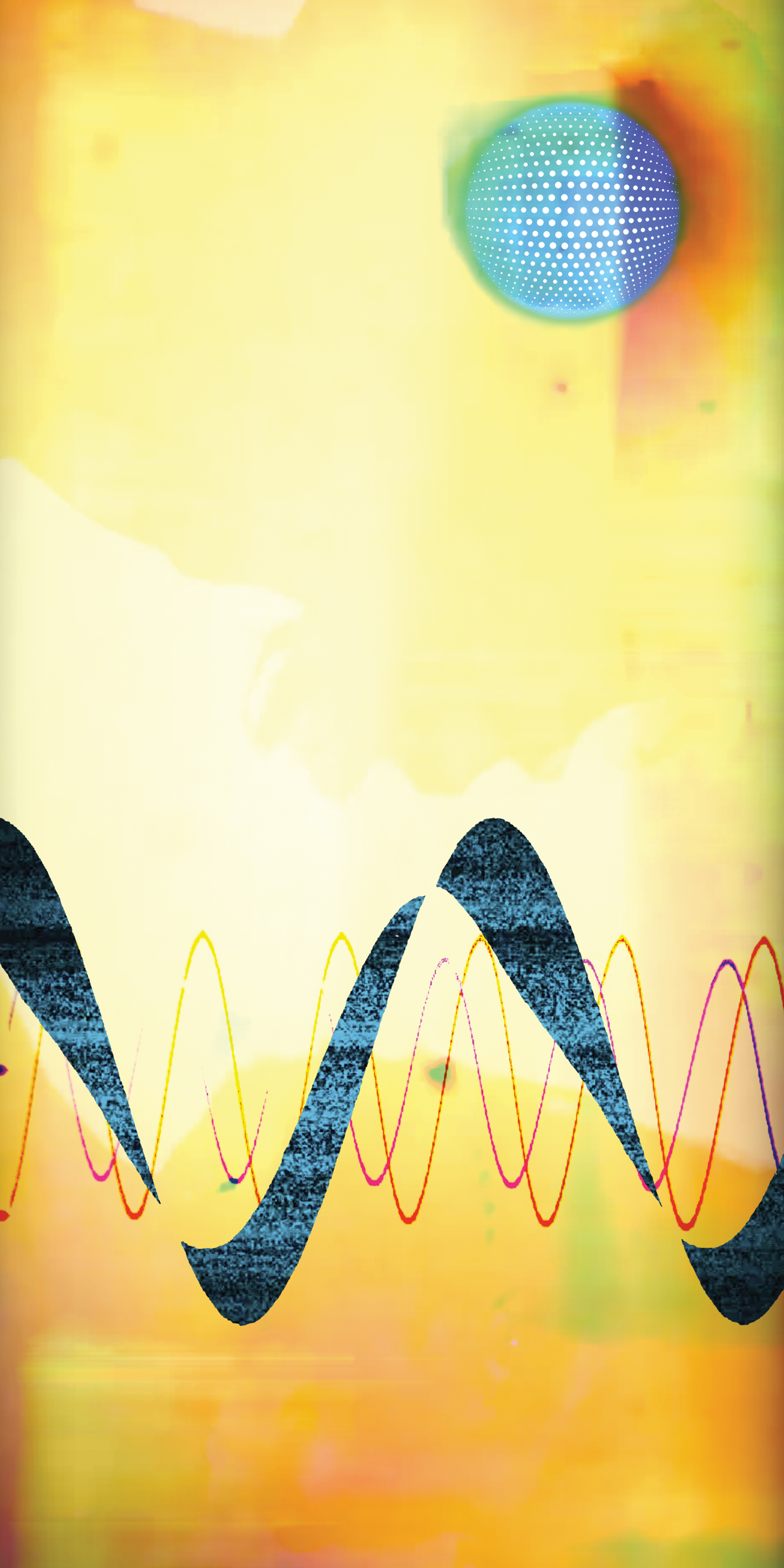


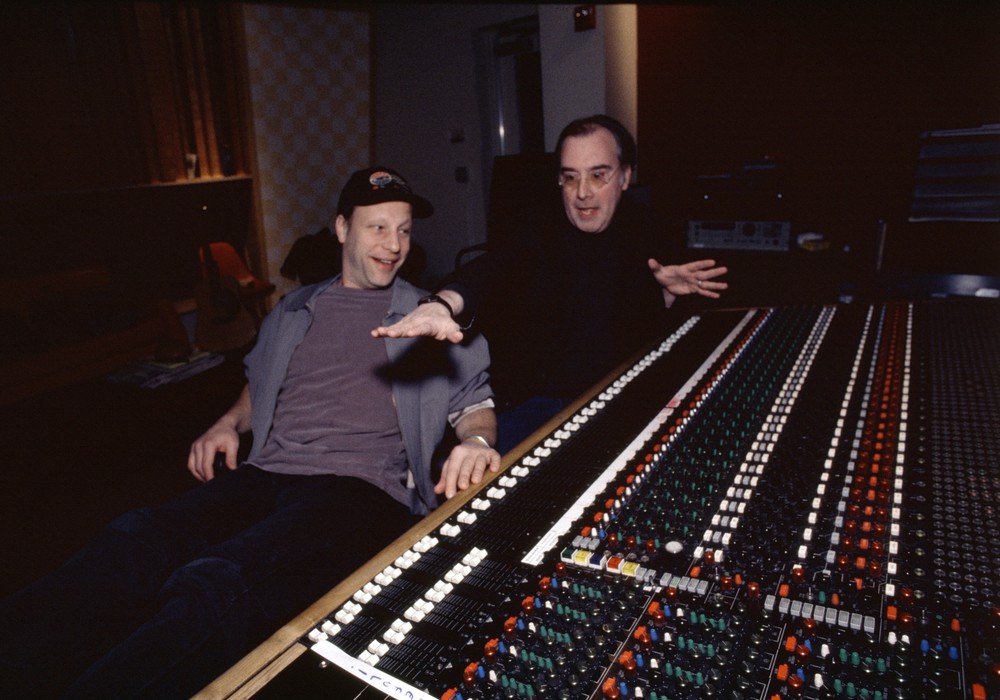
_display_horizontal.jpg)
